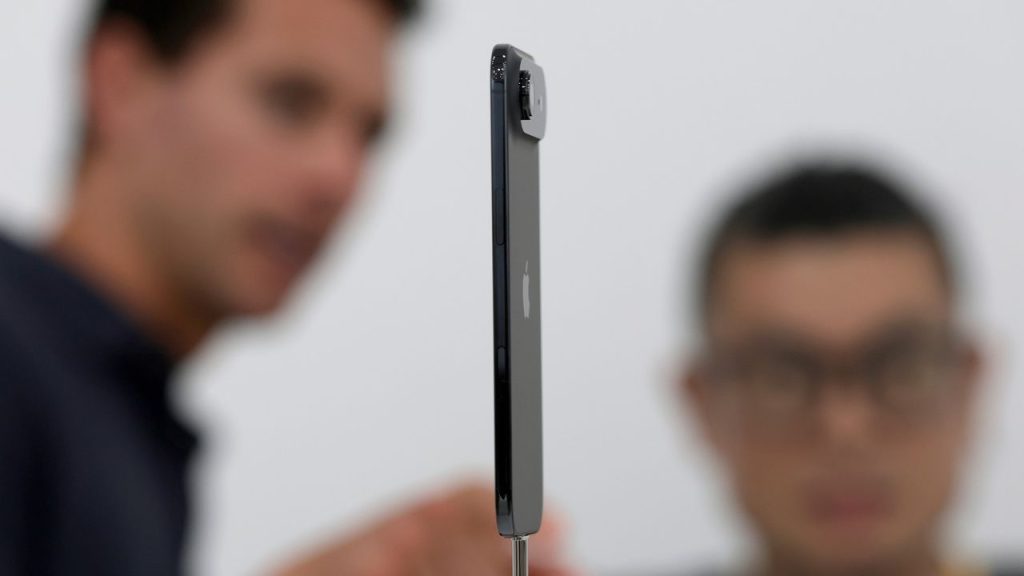Apple’s new iPhone Air is so sleek it “seems to disappear in your hands,” said Lisa Eadicicco in CNN.com. The company introduced its new addition, just 5.6 mm thick, to its flagship lineup last week—the first major reworking of the iPhone’s look in nearly a decade. The slenderness brings the weight of the phone down by a discernible amount, but Apple isn’t skimping on the screen size, durability, or performance. It contains the latest A19 Pro chip and offers the same all-day battery life of its predecessor, the iPhone 16. Apple is hoping that the aesthetic refresh “will do more to persuade shoppers to upgrade than the iterative updates of years past.” The Air, a third thinner than other models, could also be a harbinger of a coming Apple foldable; two iPhone Airs stacked together are only 2.5 mm—a mere 10th of an inch—thicker than an iPhone Pro.
“There was a time when thickness and weight” were “maybe even the most important” question facing new technology, said Dave Lee in Bloomberg. When Steve Jobs slipped a MacBook Air out of an envelope in 2008, it was a revelation “for the world’s shoulders.” But I don’t believe people feel the same way today. I have yet to locate anyone criticizing an iPhone for being “too thick,” nor do I believe “consumers will care about thickness when they learn the iPhone Air means sacrificing” upgrades to the battery life and the camera. Apple tacitly admitted the battery-life deficiency by serving up a $99 external battery pack for what the company calls “life’s busier days.” Plus, at $999, a thinner iPhone is $200 more than the more powerful iPhone 17, released the same day. “Is that a good deal when you’re only going to stick this phone into a case immediately anyway?”
Skepticism is understandable, said Mark Spoonauer in Tom’s Guide, but the Air “is one of those phones you have to hold to believe.” It feels “almost impossibly light” and yet it remains “rock solid,” thanks to a titanium frame. And while “there are some trade-offs when you compare the Air to the best phones”—such as the lack of an ultrawide camera lens—there are really “not a ton of compromises here.” Time is on Apple’s side here, said Dan Gallagher in The Wall Street Journal. “Rising smartphone prices have compelled users to hold on to their devices for longer periods.” Nearly 2 out of 5 Apple customers are using an iPhone from at least three years ago. It’ll be hard for many of them to “wait another year.” New designs “have typically helped iPhone sales in the past.” This one should be no different.
Apple’s new iPhone is its thinnest yet but is it worth the higher price and weaker battery life?
